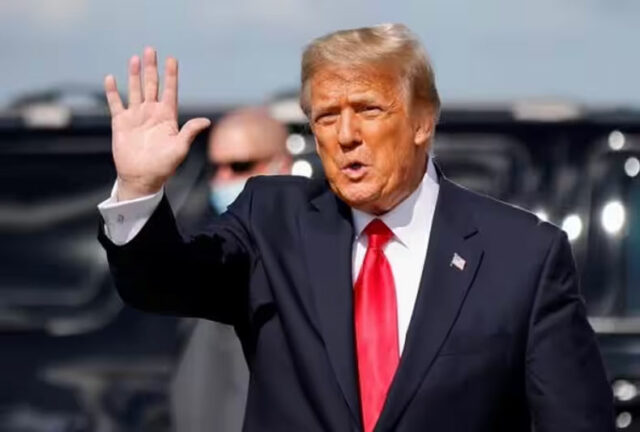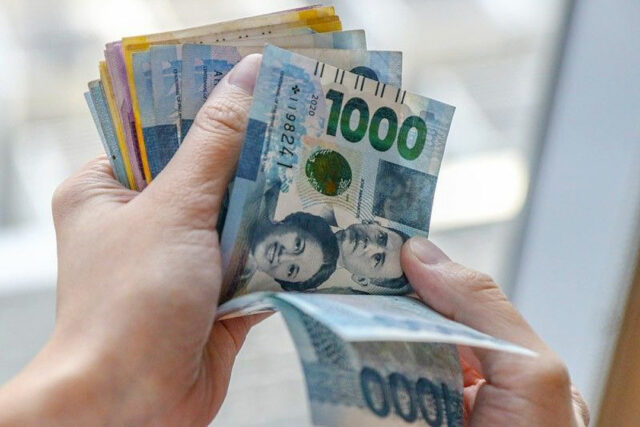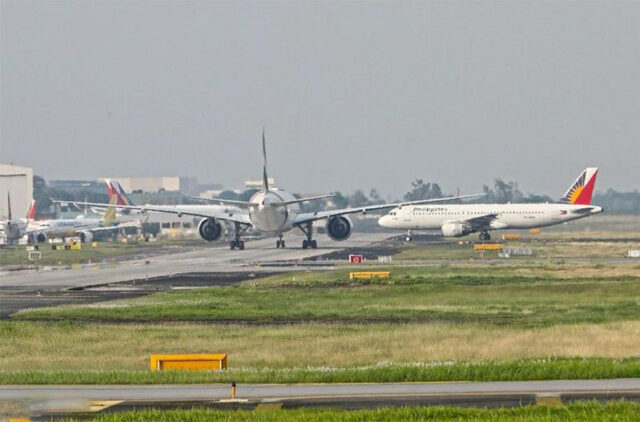Trump urges Hamas to accept ‘final proposal’ for 60-day Gaza ceasefire

WASHINGTON – U.S. President Donald Trump urged Iran-backed Hamas militants on Tuesday to agree to what he called a “final proposal” for a 60-day ceasefire with Israel in Gaza that will be delivered by mediating officials from Qatar and Egypt.
In a social media post, Mr. Trump said his representatives had a “long and productive” meeting with Israeli officials about Gaza.
He did not identify his representatives but U.S. special envoy Steve Witkoff, Secretary of State Marco Rubio and Vice President JD Vance had been due to meet Ron Dermer, a senior adviser to Israeli Prime Minister Benjamin Netanyahu.
Mr. Trump said Israel has agreed to the conditions to finalize a 60-day ceasefire, “during which time we will work with all parties to end the War.” He said representatives for Qatar and Egypt will deliver “this final proposal” to Hamas.
“I hope, for the good of the Middle East, that Hamas takes this Deal, because it will not get better — IT WILL ONLY GET WORSE. Thank you for your attention to this matter!” he said.
Mr. Trump told reporters earlier in the day that he is hopeful that a ceasefire-for-hostages agreement can be achieved next week between Israel and Hamas militants in Gaza. He is set to meet Netanyahu at the White House on Monday.
Hamas has said it is willing to free remaining hostages in Gaza under any deal to end the war, while Israel says it can only end if Hamas is disarmed and dismantled. Hamas refuses to lay down its arms.
The war in Gaza was triggered when Hamas-led militants attacked Israel on October 7, 2023, killing 1,200 people and taking 251 hostages, according to Israeli tallies.
The two sides have shown little sign of a readiness to budge from their entrenched positions.
The U.S. has proposed a 60-day ceasefire and the release of half the hostages in exchange for Palestinian prisoners and the remains of other Palestinians.
Israeli Foreign Minister Gideon Saar said earlier this week Israel has agreed to a U.S.-proposed 60-day ceasefire and hostage deal, and put the onus on Hamas.
Mr. Trump and his aides appear to be seeking to use any momentum from U.S. and Israeli strikes on Iran nuclear sites, as well as a ceasefire that took hold last week in that conflict, to secure a lasting truce in the war in Gaza.
Mr. Trump told reporters during a visit to Florida that he would be “very firm” with Netanyahu on the need for a speedy Gaza ceasefire while noting that the Israeli leader wants one as well.
“We hope it’s going to happen. And we’re looking forward to it happening sometime next week,” he told reporters. “We want to get the hostages out.”
Gaza’s health ministry says Israel’s post-Oct. 7 military assault has killed over 56,000 Palestinians. The assault has also caused a hunger crisis, internally displaced Gaza’s entire population and prompted accusations of genocide at the International Court of Justice and of war crimes at the International Criminal Court. Israel denies the accusations. – Reuters












![BTr-Treasury-720p-3-1024x576[BW FILE PHOTO]](https://www.bworldonline.com/wp-content/uploads/2024/04/BTr-Treasury-720p-3-1024x576BW-FILE-PHOTO-640x360.jpeg)